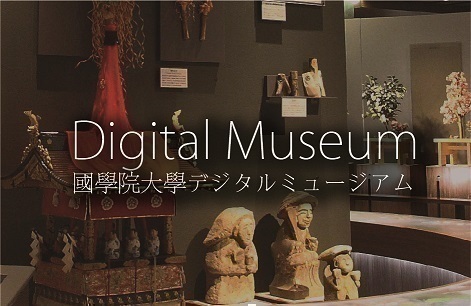- トップ
- Encyclopedia of Shinto
- Dōzoku Saishi (Kinship Group-Based Religious Observances)
Encyclopedia of Shinto
| Main Menu: | |
| Links: |
詳細表示 (Complete Article)
| カテゴリー1: | 5. Rites and Festivals |
|---|---|
| カテゴリー2: | Types of Rituals |
| Title | Dōzoku Saishi (Kinship Group-Based Religious Observances) |
| Text | Communal worship performed by members of a dōzoku. The term dōzoku denotes a social grouping which, based on a genealogically determined hierarchy, is formed by a main lineage and a number of branch families sharing the same ancestors. From the main lineage, branch lineages emerge, and from these branch lineages sub-branches again split off. A dōzoku is normally formed through the recognition of these branch lineages by the main lineage. Dōzoku are known in different regions also under such monikers as maki, ikke, ittō, ichimon, or uchiwa. Dōzoku have been characterized as patriarchal kinship groups, but actually as well as being non-patriarchal, they have also displayed non-kinship-based tendencies, as there are numerous instances in which inclusion into a dōzoku was open to retainers and outsiders. The sociologist Fukutake Tadashi divides Japanese village patterns into the dōzoku type, which is structured according to rank with the main lineage at the pinnacle of the hierarchy and the branch families in a subordinate position, and the so-called kōso type, in which the families are united through equal, horizontal relations. Fukutake classifies the former as the north-eastern type, and the latter as the south-western type. As a result of this geographical classification, attention has been focused mainly on the dōzoku in the north-eastern region of Japan, and the dōzoku formations that exist in the Kinki region have been largely overlooked. In the Kinki region, groups sharing the same surname came to monopolize the worship rights of the miyaza — worship groups of parishioners belonging to the same shrine. There are also instances in which the worship activities of a dōzoku itself became organized in the form of a miyaza. Despite the fact that a dōzoku is symbolized by its ancestors, and that it could be therefore logically assumed that these ancestors are also the divinities communally worshiped by the dōzoku, in reality an extremely diverse number of divine forces exists in this position. For example, divinities of renowned shrines (myōjin) of both urban centers and the various regions such as Inari, Hachiman, Tenjin, Kumano, and Hakusan, as well as local deities such as the house god (uchigami), the kami of the land (jigami), "rough kami" (kōjin), tutelary deities (ubusuna), oshirasama household deities were worshiped by dōzoku. Likewise, Buddhist deities such as Amida, Yakushi, Dainichi, Jizō, and Kannon could also be found as the object of veneration. Worship of the divinities of the dōzoku was usually performed under the guidance of the head of the main lineage as part of the annual festivities unique to the dōzoku. However, the current situation is such that the dōzoku, in their narrow definition, are either disappearing due to social change, or that worship of the deities of the dōzoku is disappearing or undergoing fundamental transformations. — Iwai Hiroshi |




